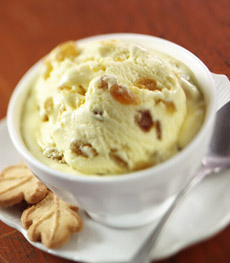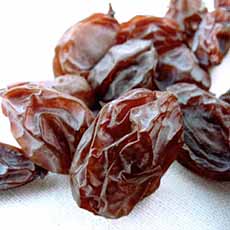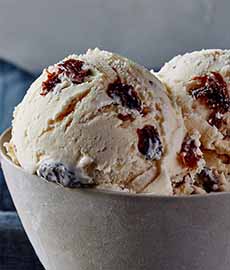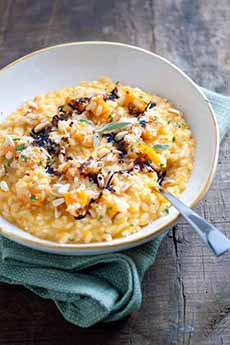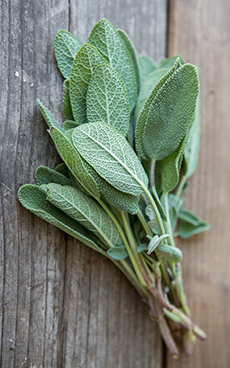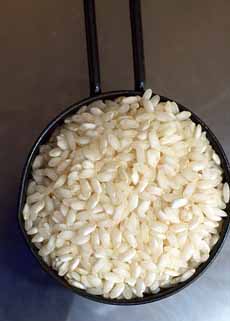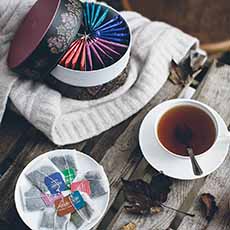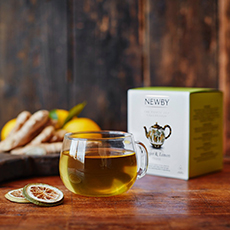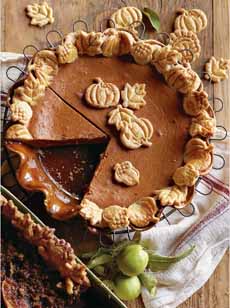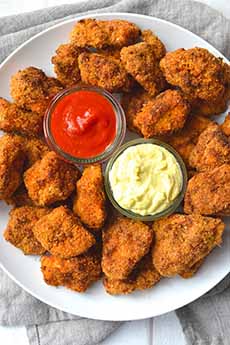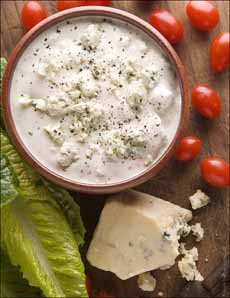|
Because Thanksgiving is the American holiday, we always serve American wines.
If you pour just one white wine and one red wine at Thanksgiving, that’s O.K.
But for those who want to up their wine-pairing game, here’s a Thanksgiving food and wine pairing guide.
Of course, you don’t need to serve a different wine with every course as shown below. Only wine nerds do that (guilty!).
But we hope this inspires you to consider different pairings with your feast.
HOW MANY WINES ARE “TOO MANY?”
If you think the following amount of wine is “too much” for one Thanksgiving meal…well, it depends on how much of a wine-aholic you are. We’ve been serving different wines with every course of a big dinner for decades.
That’s no judgment on anyone who doesn’t. It’s just an aspirational comment for those who might like to try.
1. Apéritif & All-Purpose White: Chardonnay
For those who want a white wine apéritif, Chardonnay is a popular choice. At the table, it pairs with all the traditional dishes.
Chardonnay really shines with green bean casserole, mashed potatoes and sweet potatoes, which is why it’s also the go-to for vegetarian meals.
2. Seafood & All-Purpose White: Pinot Gris
Pinot Gris (pee-no gree) can be your white wine aperitif, or wine of choice for anyone who only drinks whites.
But it shines with shellfish dishes, especially those with olive oil. Its acidity cuts through the rich fats and enhances the crustacean flavors.
Most people don’t serve seafood at Thanksgiving dinner, but we have friends who start the meal with oysters on the half shell. It’s historic:
The Pilgrims ate plenty of them, gathered from the ocean, and oysters may have been part of the original feast. America’s coastline was teeming with clams, lobsters, mussels, and oysters reefs.
3. Apéritif & All-Purpose White: Albariño
Here’s another all-purpose white wine. This grape from Spain is not as well-known in the U.S., but is is now being planted by more American growers. It’s an excellent apéritif, a touch more aromatic than Pinot Gris.
It’s an excellent alternative to Pinot Gris for seafood and vegetarian/vegan dishes.
4. Turkey: Pinot Noir
Pinot Noir is the go-to wine for the main course. It is the perfect pairing for turkey, stuffing and cranberry sauce. If you choose one wine for the dinner table, make it Pinot Noir.
5. Beef: Cabernet Sauvignon
If your Thanksgiving dinner includes prime rib, Cabernet Sauvignon is a heartier wine that stands up to beef, and more substantial dishes and sides like stuffing with with sausage or dishes with spicy ingredients like chiles.
6. Beef, Ham & Turkey: Zinfandel
Zinfandel is the happy medium when serving turkey or a roast, and is also a perfect pairing with ham. Its spiciness complements ham’s cloves and a sweet or savory glaze.
7. Dessert
Dessert wines are made to be drunk with the dessert, and the sweetness goes with any dessert. We even like it with a cheese course.
But for those who are stuffed from dinner but still want to end with something sweet, dessert wine is just the ticket.
Quady Winery in California makes several dessert wines, the most familiar of which are Essensia and Elysium.
But there are quite a few fine American dessert wines. Look for Late Harvest Riesling, Ice Wine, Orange Muscat.
You may come across Bonny Doon’s Viognier Vin de Glacière, one of the first California dessert wines.
Many dessert wines come in half bottles. Don’t hesitate to ask for guidance from the wine store staff.
In Vino Veritas, and for Thanksgiving, In Vino Americae Veritas.
|
